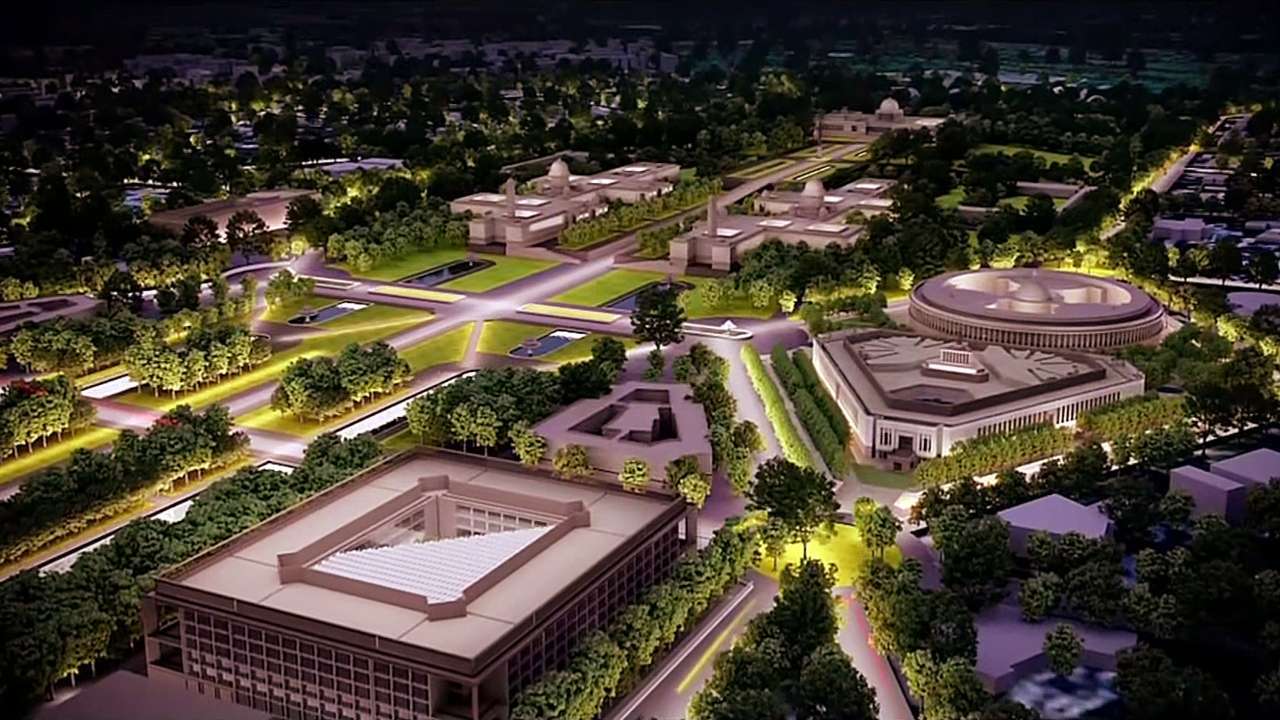Delhi: Why the Central Vista seems a cruel waste no matter what explanations the Government makes.
The internet is raging for attention these days – SOS appeals for oxygen, resource lists being updated by sleepless teenagers, fundraisers calling for support, condolence messages – it’s overwhelming. In Delhi, things seem to be getting slightly worse everyday. Among the many forms of anger and helplessness that clouds the hearts of its citizens, lies an absurd development of events – a giant construction project progresses smoothly in the centre of mass destruction.
The government’s perpetuation of the Central Vista project has aroused a feeling of disbelief in many. This feeling is manifold. For one, the project screams of the Central government’s indifference to the medical crisis of the city. In terms of actual figures and allocation of resources, the simultaneous development of a 20,000 Cr-project and a country gasping for oxygen amid shortage of resources is nothing short of ironical. The funds could be diverted to set up more than a 100 state of the art hospitals in Delhi and buy several lakhs of ventilators. It won’t be an exaggeration to say that the people’s funds are being hurriedly used up for this project while they themselves die for shortage of resources.
In terms of emotional support and solidarity, it seems outright disrespectful to many to carry out a ‘beautification’ of the city as crematoriums run out of space to burn the dead.
Secondly, at a time where companies all over are shifting to a work-from-home arrangement and people are trying to shut out the dangerous disease that is now said to be air-borne, more than 2000 workers are working tirelessly in a pandemic to construct this folly. The peril to their lives, the price of their labour are all unaccounted for. Like the constructors of all great cities, they continue to be nameless, faceless, and without a choice.
Even before the pandemic, architects and environmentalists have been raising concerns regarding the demolition of heritage buildings that will be razed to the ground to build the Central Vista, and the green cover that will take many years for replenishment, if that is at all part of the plan. The opposition was not consulted, and the authorial process was pushed during the lockdown, in conditions where several independent members of the committee were unavailable, and the project was passed without much discussion.
For many others still, the loss is of an intimate nature. Many people are concerned about the potential robbing of a private-public space – of early morning walks, careless photographs, cheap trinkets and ice cream, late night drives, picnics, countless naps for those exhausted by the world. The government has claimed a redevelopment of lawns for the public, but what will actually come to public’s share is yet to be seen. Elements defining the new space could be anywhere along electric fences, concrete floors, surveillance, rifles, and the new structure beaming in the centre of it all.
While many make a case for the need of a new parliament house with better facilities and greater accommodation, it is important to wonder – why now? Were the authorities afraid of a resistance from the public at the very site of the construction? One cannot help but remember the many protests that the Rajpath lawns and India Gate have housed in the past. How does one make sense of a leader claiming poverty and inability to access medical resources on the one hand and building himself a magnificent palace on the other?
For obvious reasons, the dissent against the new parliament building has been buried under the larger and more immediate crises that the city is facing. But once this is over, it would also fall upon us to make our peace with a new city, a little less ours, with a symbol of a kind of cruel victory always obstructing our eyes.




